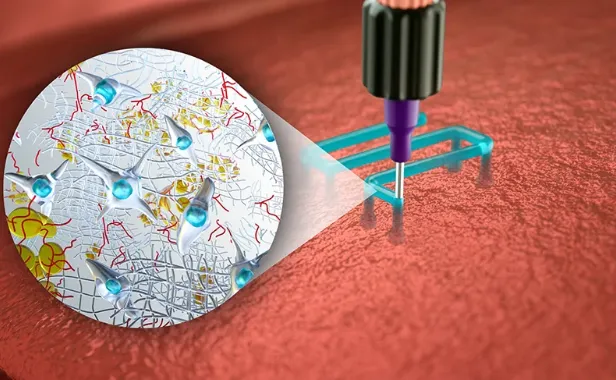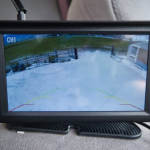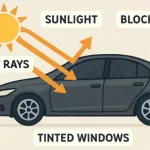Science medical illustrations serve as a visual bridge between complex anatomy, physiology, and diverse audiences. By combining artistic skill with a deep understanding of life sciences, these illustrations accurately depict:
- Anatomical structures at macro and micro scales
- Physiological processes, from cellular signaling to organ function
- Surgical techniques and medical device operation
Medical illustrators undertake rigorous research—consulting textbooks, journals, and subject-matter experts—before sketching and digitally rendering their work. The result is a polished visual that enhances comprehension across educational materials, research publications, and patient handouts.
Also Read: How to Choose the Right Digital Marketing Agency for Your Business
Evolution of Medical Animation
Medical animation builds on the legacy of static illustration by introducing motion and depth. Early wire-frame models have given way to sophisticated 3D renderings that can:
- Reveal subcellular interactions, such as enzyme binding or DNA transcription
- Simulate pharmacological mechanisms of action for drug development
- Demonstrate surgical procedures, from incision to closure, with lifelike dynamics
Advances in computer graphics and processing power have enabled animations to be more intricate and immersive. Today’s animations can integrate with virtual reality (VR) and augmented reality (AR) platforms, offering interactive surgical training modules and patient education experiences.
Key Applications in Healthcare
Science medical illustrations and medical animation find diverse applications:
1. Education and Training
Medical students and professionals rely on detailed visuals for textbooks, e-learning courses, and simulation labs. Animations allow learners to manipulate virtual anatomy and practice procedures in a risk-free environment.
2. Patient Communication
Visual aids help patients understand diagnoses and treatment plans. An animation of stent placement or molecular drug action can demystify complex interventions, fostering better informed consent.
3. Research and Publication
Journals and conference posters use illustrations to clarify experimental setups, data trends, and molecular pathways. High-quality visuals elevate the impact of scientific findings.
4. Marketing and Advocacy
Pharmaceutical and biotech companies leverage animations to showcase novel therapies’ mechanisms of action. Patient advocacy groups employ illustrations and videos to raise disease awareness.
Technical Workflow and Tools
A technical workflow refers to the step-by-step process that outlines how specific tasks or operations are carried out using technology and digital tools. It defines the sequence of actions, responsible roles, and the systems involved to achieve a desired technical outcome efficiently.
Creating effective medical visuals involves a structured process:
- Research & Concept Development
- Literature review and expert interviews
- Storyboarding key scenes and annotations
- Modeling & Drafting
- Hand-drawn sketches or digital mockups
- 3D modeling of anatomical structures
- Rendering & Animation
- Texturing, shading, and lighting for realism
- Keyframe animation or motion-capture integration
- Review & Validation
- Peer review by medical experts
- Iterative refinements to ensure scientific accuracy
Common software includes Adobe Illustrator for 2D work, Blender or 3ds Max for 3D modeling, and After Effects for compositing and motion graphics.
Future Trends in Visual Medicine
Emerging technologies promise to reshape how we visualize and interact with medical content:
- Interactive VR/AR Platforms: Hands-on surgical rehearsals and patient education interfaces.
- AI-Driven Content Creation: Automating routine illustration tasks and generating custom visuals at scale.
- 3D Printing Integration: Translating digital models into physical replicas for surgical planning and simulation.
As medicine continues to advance, the synergy of art, science, and technology will be pivotal in conveying complex concepts, training the next generation of clinicians, and empowering patients with clarity and confidence.







